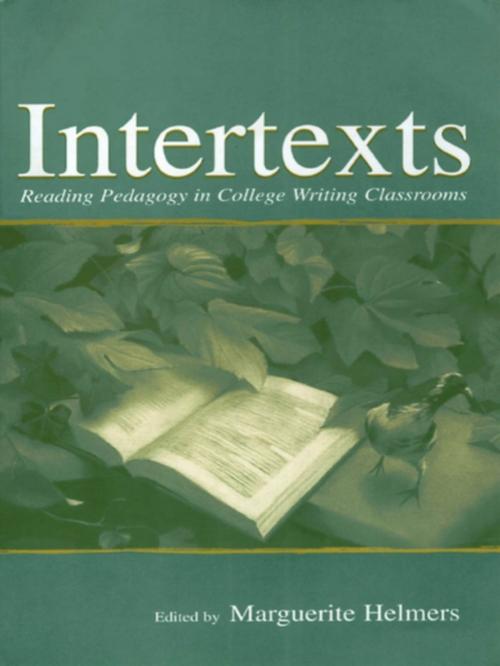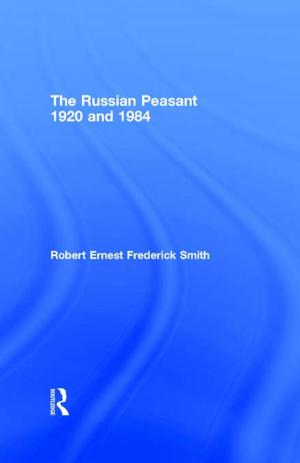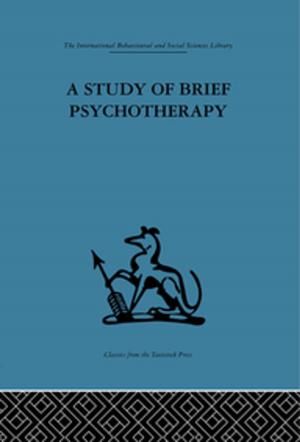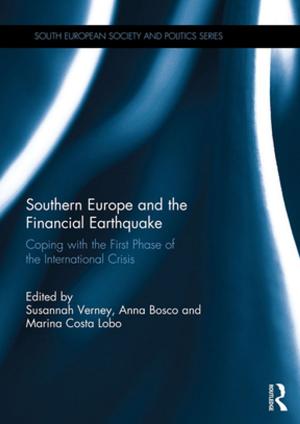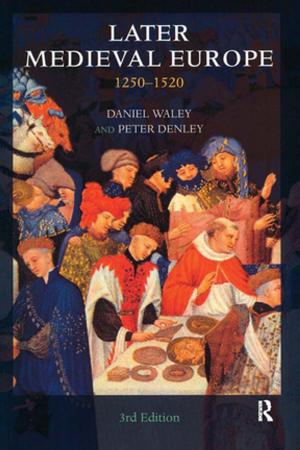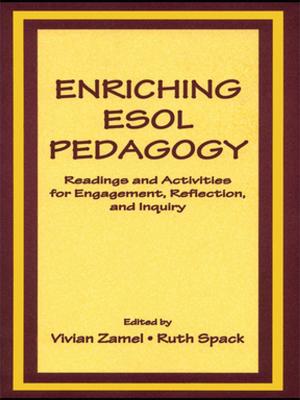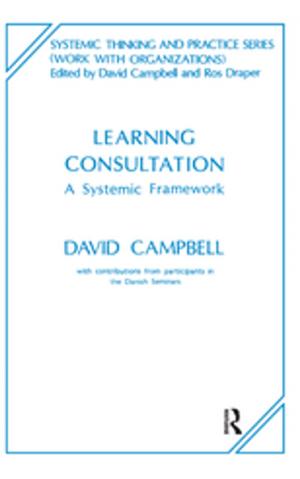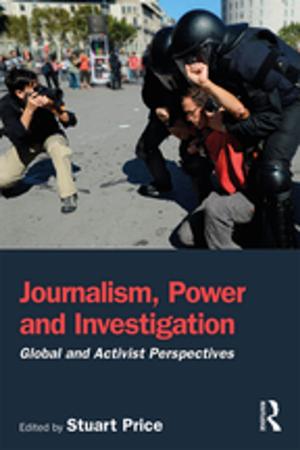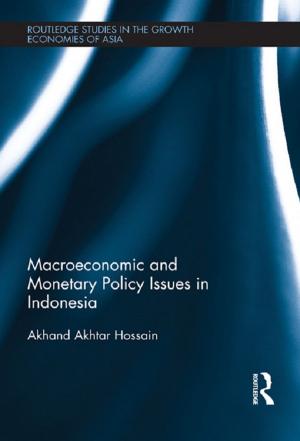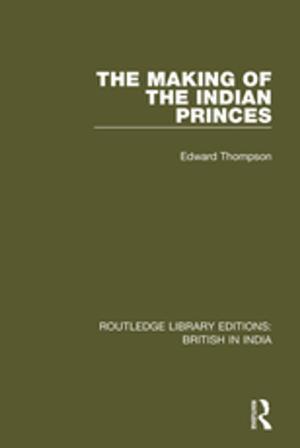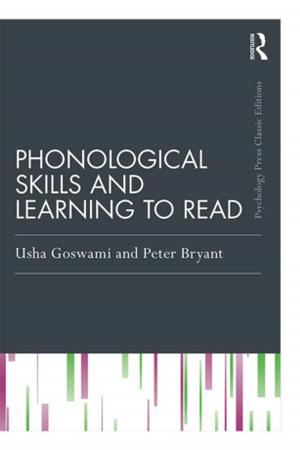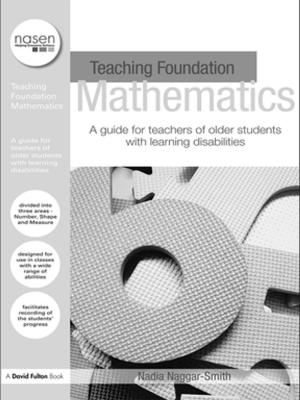Intertexts
Reading Pedagogy in College Writing Classrooms
Nonfiction, Reference & Language, Language Arts, Communication, Writing & Publishing, Composition & Creative Writing| Author: | ISBN: | 9781135634704 | |
| Publisher: | Taylor and Francis | Publication: | January 30, 2003 |
| Imprint: | Routledge | Language: | English |
| Author: | |
| ISBN: | 9781135634704 |
| Publisher: | Taylor and Francis |
| Publication: | January 30, 2003 |
| Imprint: | Routledge |
| Language: | English |
What do we mean when we talk about reading? What does it mean to "teach reading?" What place does reading have in the college writing classroom?
Intertexts: Reading Pedagogy in College Writing Classrooms theoretically and practically situates the teaching of reading as a common pedagogical practice in the college writing classroom. As a whole, the book argues for rethinking the separation of reading and writing within the first-year writing classroom--for an expanded notion of reading that is based on finding and creating meaning from a variety of symbolic forms, not just print-based texts but also other forms, such as Web sites and visual images. The chapter authors represent a range of cultural, personal, and rhetorical perspectives, including cultural studies, classical rhetoric, visual rhetoric, electronic literacy, reader response theory, creative writing, and critical theories of literature and literary criticism. This volume, an important contribution to composition studies, is essential reading for researchers, instructors, writing program administrators, and students involved in college writing instruction and literature.
What do we mean when we talk about reading? What does it mean to "teach reading?" What place does reading have in the college writing classroom?
Intertexts: Reading Pedagogy in College Writing Classrooms theoretically and practically situates the teaching of reading as a common pedagogical practice in the college writing classroom. As a whole, the book argues for rethinking the separation of reading and writing within the first-year writing classroom--for an expanded notion of reading that is based on finding and creating meaning from a variety of symbolic forms, not just print-based texts but also other forms, such as Web sites and visual images. The chapter authors represent a range of cultural, personal, and rhetorical perspectives, including cultural studies, classical rhetoric, visual rhetoric, electronic literacy, reader response theory, creative writing, and critical theories of literature and literary criticism. This volume, an important contribution to composition studies, is essential reading for researchers, instructors, writing program administrators, and students involved in college writing instruction and literature.
